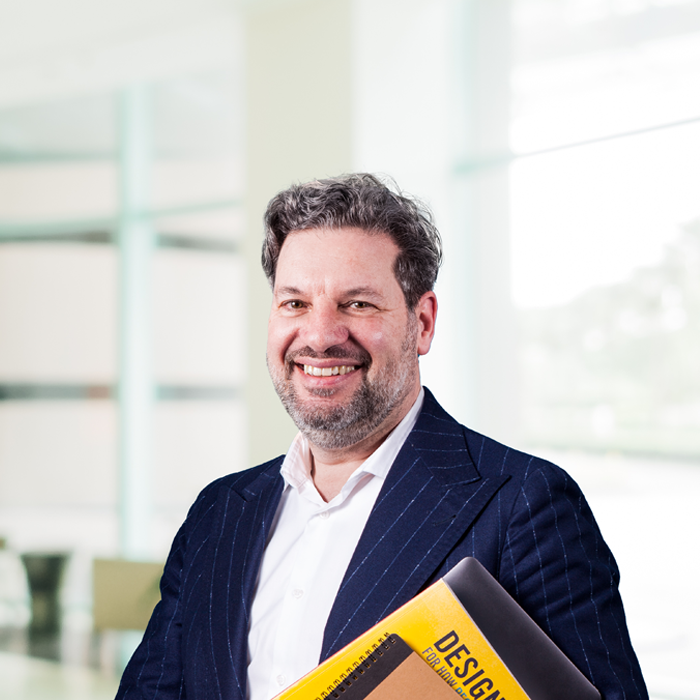Ger’s Learning Notes #48: Kaizen (continuous improvement)

My colleague, Roy, went on holiday to Japan recently — a well-deserved vacation. I was a little bit envious to be honest, but as the Japanese say, ‘shouganai’ (it is what it is). I haven’t been to Japan (yet), but I worked as a training manager for a Japanese company. That was an amazing experience, and it taught me so many things about the Japanese way of looking at work. I dare to say that after all these years, it still inspires me at work at least once a week.
When I reflect on it now, I think the core of its value lies in the structured, methodical way of working. When you trust a proven method and apply it with discipline, it will make your work much easier. The Japanese methods are best known for their focus on improvement, with Kaizen (kai means ‘change’ and zen means ‘for the better’) as the best-known term. In the first video, you will see ‘Mister Kaizen’ Masaaki Imai, the founding father, explain the meaning of Kaizen. He will also explain the seven types of waste (muda) as a way to recognise it and, of course, minimise it.
Although Imai later redefined Kaizen as ‘improvement by everyone, everywhere, every day’, most examples come from production settings. So, you need to translate it to your own context. Clark Quinn will help you with that in his ‘Test and Tune’ blogpost, in which he reminds us that we are in the people business. The fourth source is a more “romantic” perspective on learning waste that I wrote a few years ago. Highly recommended for whisky lovers. Cheers!

What’s it about?
Masaaki Imai is the founding father of the Kaizen institute and writer of the bestselling book Kaizen. He shares what Kaizen means.
Why watch it?
There is no better way (in my honest opinion) to learn about a concept than to learn it from the original source.
Find out how the concept evolved based on his experience.
Learn how Kaizen differs from stand-alone improvement initiatives.
Where to find it?

What’s it about?
Clark Quinn explains why applying rational approaches to people needs “test and tune” because people are so complex.
Why read it?
This blog post will help you translate continuous improvement to “people work”.
You’ll find some useful design approaches that will help you test and tune.
It also shows the value of working with metrics as an important condition.
Where to find it?

What’s it about?
An important way to apply continuous improvement is to eliminate waste. Maasaki Imai explains the seven types of waste (muda).
Why watch it?
This video (again by ‘the master’ Imai) will open up your eyes regarding waste.
Most examples are related to industrial production so try to translate it to your specific context.
Where to find it?

What’s it about?
In the tradition of producing whisky, a certain type of waste is called “the angel’s share”, which is a kind of romantic way to look at it.
Why read it?
It will give you a different, more romantic way of looking at waste.
It might make it easier for you and your stakeholders to accept certain levels of waste.
It teaches us that the kind of language we use to communicate a particular concept can have big consequences in terms of acceptance.
Where to find it?
